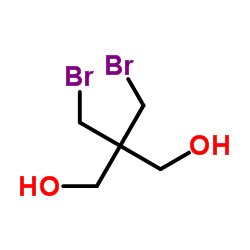The new nucleoporin: regulator of transcriptional repression and beyond.
Nayan J Sarma, Kristine Willis
Index: Nucleus 3(6) , 508-15, (2012)
Full Text: HTML
Abstract
Transcriptional regulation is a complex process that requires the integrated action of many multi-protein complexes. The way in which a living cell coordinates the action of these complexes in time and space is still poorly understood. Recent work has shown that nuclear pores, well known for their role in 3' processing and export of transcripts, also participate in the control of transcriptional initiation. We have recently begun to explore how nuclear pores interface with the well-described machinery that regulates initiation. This work led to the discovery that specific nucleoporins are required for binding of the repressor protein Mig1 to its site in target promoters. Nuclear pores are therefore involved in repressing, as well as activating, transcription. Here we discuss in detail the main models explaining our result and consider what each implies about the roles that nuclear pores play in the regulation of gene expression.
Related Compounds
| Structure | Name/CAS No. | Molecular Formula | Articles |
|---|---|---|---|
 |
invertase
CAS:9001-57-4 |
C5H10Br2O2 |
|
Physiological responses of biomass allocation, root architec...
2014-05-01 [Ecotoxicol. Environ. Saf. 104 , 278-84, (2014)] |
|
The genetics of a putative social trait in natural populatio...
2014-10-01 [Mol. Ecol. 23(20) , 5061-71, (2014)] |
|
Production optimization of invertase by Lactobacillus brevis...
2013-04-02 [Carbohydr. Polym. 93(2) , 740-6, (2013)] |
|
Cloning and characterization of acid invertase genes in the ...
2014-06-01 [Ecotoxicol. Environ. Saf. 104 , 87-95, (2014)] |
|
Qualitative and event-specific real-time PCR detection metho...
2012-01-01 [J. AOAC Int. 95(6) , 1733-9, (2012)] |